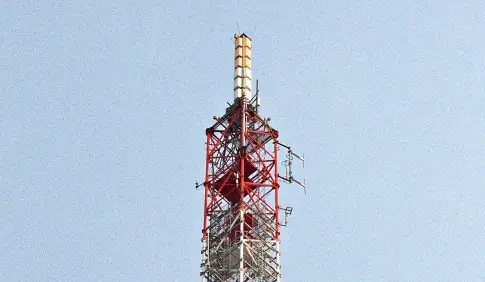How does it work?
Interactive map data visualization provides users with the ability to explore geospatial users the ability to explore geospatial information visually, using overlaid using overlapping layers representing various types of data. of data. These data, from sources such as satellites, ground sensors, drones and surveys, are stored in geospatial databases or geospatial geospatial databases or geographic information systems (GIS) for efficient management. efficient management. In addition, the concept of a Geospatial Data Hub data hub, which acts as a centralized hub for geospatial data collection and collection of geospatial data from various sources. The processing and analysis of this data is carried out by means of specialized tools, allowing the specialized tools, allowing the creation of thematic maps, spatial thematic maps, spatial pattern analysis and geospatial calculations. These functionalities provide a complete and detailed view of key of key information on terrain, climate, population and infrastructure, among infrastructure, among other aspects.
Explore the use cases

Urban and Regional Planning

Natural Resources Management

Precision Agriculture

Disaster Management

Location and Navigation

Telecommunications

Fleet Management

Tourism

Scientific Research
Functionalities
Interactive maps
Interoperability
Security and Access Control
Data search and integration
Advanced Search
Data Updater
Data Recording and Metadata Control
Open Data
API, WSF, CSW, WMS Integration